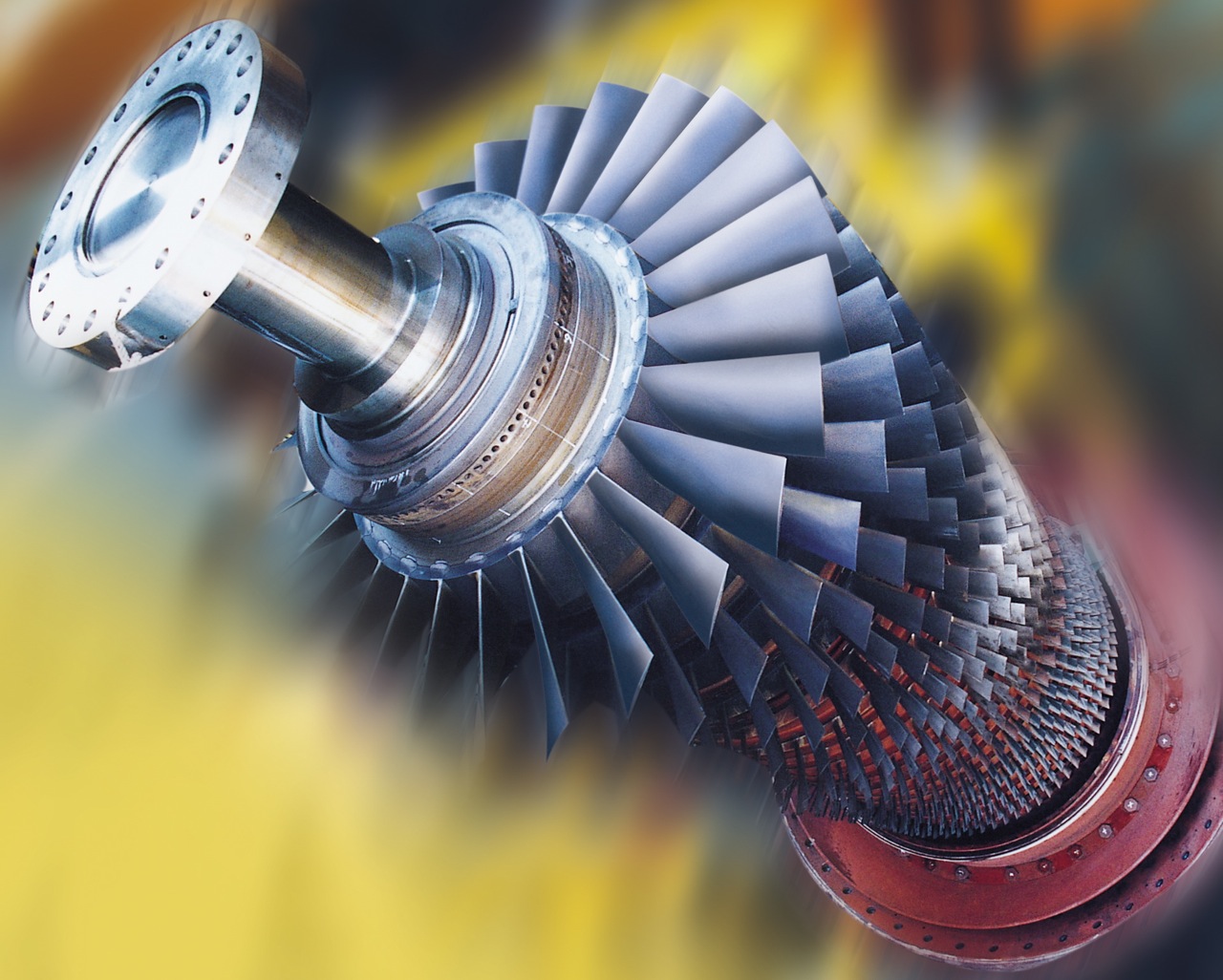Siemens steps on the gas in Russia


German industrial giant Siemens may be dumping nuclear and cranking up renewables, but it's not exactly saying "auf wiedersehen" to fossil fuels. The company has launched a Russian joint venture that will start making high efficiency gas turbines in St. Petersburg in 2014.
Siemens is investing about €275 million ($368 million) to become majority owner of Siemens Gas Turbine Technologies. Russian partner Power Machines will own the balance, according to a Siemens press release.
The company will build a production facility and create 500 jobs to manufacture turbines for the Russian market and for the other former Soviet countries.
The initiative is part of a broader commitment by Siemens to invest €1 billion ($1.3 billion) in Russia and create 4,000 jobs there.
It also reflects the abundance of natural gas and its use as an energy source in that part of the world. Russia, the world's fourth largest generator of electricity after the U.S., China and Japan, generates roughly half of its electricity using gas turbines. It trounces all other countries in proved natural gas reserves, with 47.6 trillion cubic meters as of last January, according to CIA estimates. The next closest was Iran, with 29.6 trillion, followed by Qatar at 25.4 trillion. After that, the rankings drop off to Saudi Arabia's 7.8 trillion cubic meters, the Unites States' 7.7 trillion and Turkmenistan's 7.5 trillion.
In natural gas production, Russia and the U.S. were the neck-and-neck world leaders in 2010, with the U.S. at 611 billion cubic meters and Russia at 610.1 billion, CIA figures show. The next closest was the European Union, far behind at 182 billion cubic meters.
Siemens exited the nuclear industry in September, giving up on building the "conventional island" portion of nuclear stations that use steam created by nuclear reactors to drive turbines. It had already stopped building reactors.
Its withdrawal reflected a decision by the German government to abandon nuclear power following last March's Fukushima nuclear meltdown in Japan. Siemens was formerly a big player on the German nuclear scene - it built all of Germany's reactors - and on the world stage. It had a joint venture with Russian nuclear company Rosatom, which it is disbanding.
Siemens has been pushing into renewables like wind and solar (it's a founding member of the Desertec solar initiative), and remains focused on fossil fuels like gas, which emits less carbon dioxide than coal. Siemens claims that one of its "H-Class" gas turbines holds the world record for efficiency, hitting 60.75 percent efficient in one installation.
The average efficiency for turbines in fossil fuel plants in the former Soviet Union - now called the Commonwealth of Independent States (CIS) - is less than 37 percent, according to Siemens, which says that gas will grow strongly as an electricity source there. Although gas plays a major role in Russian generation, it contributed 30 gigawatts to overall CIS capacity of 370 GW in 2010, but will contribute 100 GW by 2020, Siemens estimates.
"We see Russia and the other CIS member states as a highly attractive market, and we'll play an important role in meeting the increasing power demand in this region," said Siemens Energy CEO Michael Suess.
"Compared to the gas turbine power plants currently in operation, the latest-generation Siemens gas turbines operated in combined cycle duty with a steam turbine reduce both carbon dioxide (CO2) emissions and gas consumption on average by a third," Siemens said in the press release. "Compared to coal-fired power plants the reduction of emissions would be significantly higher."
Siemens counts high efficiency gas turbines as part of its €30 billion ($40 billion) environmental portfolio.
The new joint venture supersedes a previous one between Siemens and Power Machines, called Interturbo, in which Siemens owned a minority stake of 45 percent.
Photo: Siemens
More on Siemens:
This post was originally published on Smartplanet.com